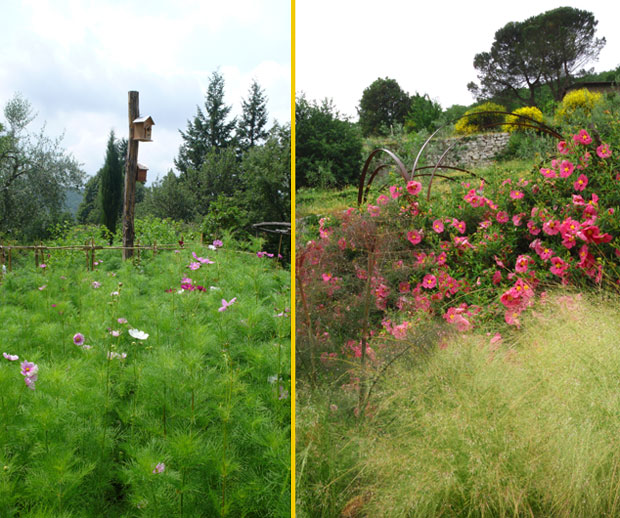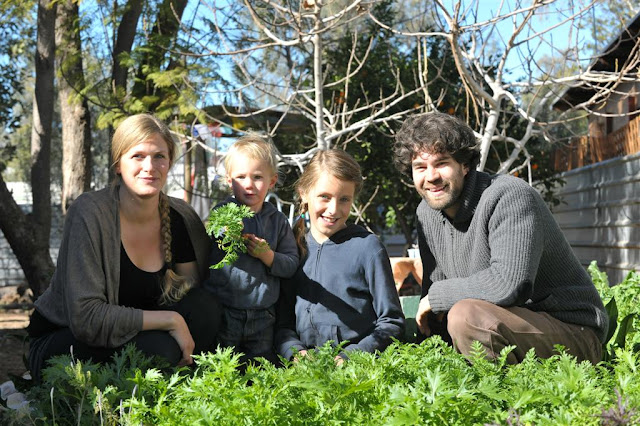In this post I will discuss a bit about Bali in the modern architecture or also known as Neo Vernacular architecture. Maybe you ever heard of a Modern Balinese architecture TSB. Actually, what's up with modern Balinese architecture or New vernacular?
The term "Modern Bali", "Java" or "the modern regional architecture" in the modern science of architecture called the stream "New Vernacular architecture." So so the flow is the flow of Neo Vernacular style of architecture that incorporates characteristics particular area that is packed into a newer style. What's the difference with traditional Balinese architecture? difference is Neo Vernacular architectural style or ornament just take it, but do not take the whole concept.
Above is an example for the design of "Villa Batang" (Like the picture on the left) which use angkul angkul Bali (entrance at the front of the house) has been 'modified' form. This design style ornament on traditional architecture is angkul-angkul the following simplified form style or style that is the current trend. Moreover, if it says "modern" also is not appropriate, because the architecture is not known when the term "modern" or "past" (to say "Beauty is Timeless"), and in the language of architecture can be said, a little more ornament.
So in conclusion, 'is a modern Balinese architecture, the flow architecture that takes some Balinese style architectural ornament or a simplified form to follow style that is the trend at that time. Thus our post about the New Vernacular Architecture ..
So in conclusion, 'is a modern Balinese architecture, the flow architecture that takes some Balinese style architectural ornament or a simplified form to follow style that is the trend at that time. Thus our post about the New Vernacular Architecture ..
























